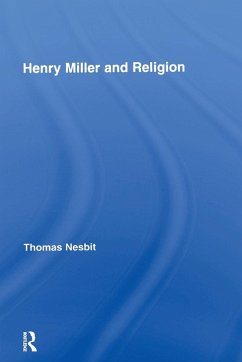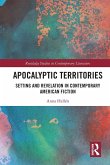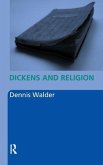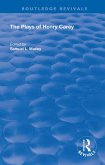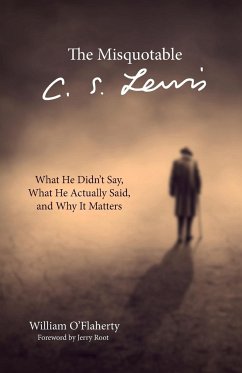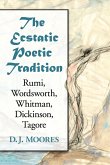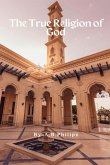This study argues that this previously banned author devoted his entire life to articulating a religion of self-liberation in his autobiographical books, examining his life and work within the context of fringe religious movements that were linked with the avant-garde in New York City and Paris at the first of the 20th century. This study shows how these transatlantic movements - including Gurdjieff, Rosicrucianism, and Theosophy - gave him the hermeneutical devices, not to mention the creative license, to interpret texts and symbols from mainline religions in an iconoclastic manner, ranging from obscure Taoist treatises to the mystical works of Jacob Boehme. The influence of numerous philosophical sources widely circulated in his most critical years - particularly Henri Bergson's Two Sources of Morality and Religion (1932) - also helped him develop a religious view situated between transcendence and immanence, in which self-liberation through the channeled flow of élan vital is the chief objective. Miller's knowledge of these intellectual currents, along with his involvement with sidestream religious groups, inspired him to meld his religious and literary aims into one perplexing project.
Hinweis: Dieser Artikel kann nur an eine deutsche Lieferadresse ausgeliefert werden.
Hinweis: Dieser Artikel kann nur an eine deutsche Lieferadresse ausgeliefert werden.

